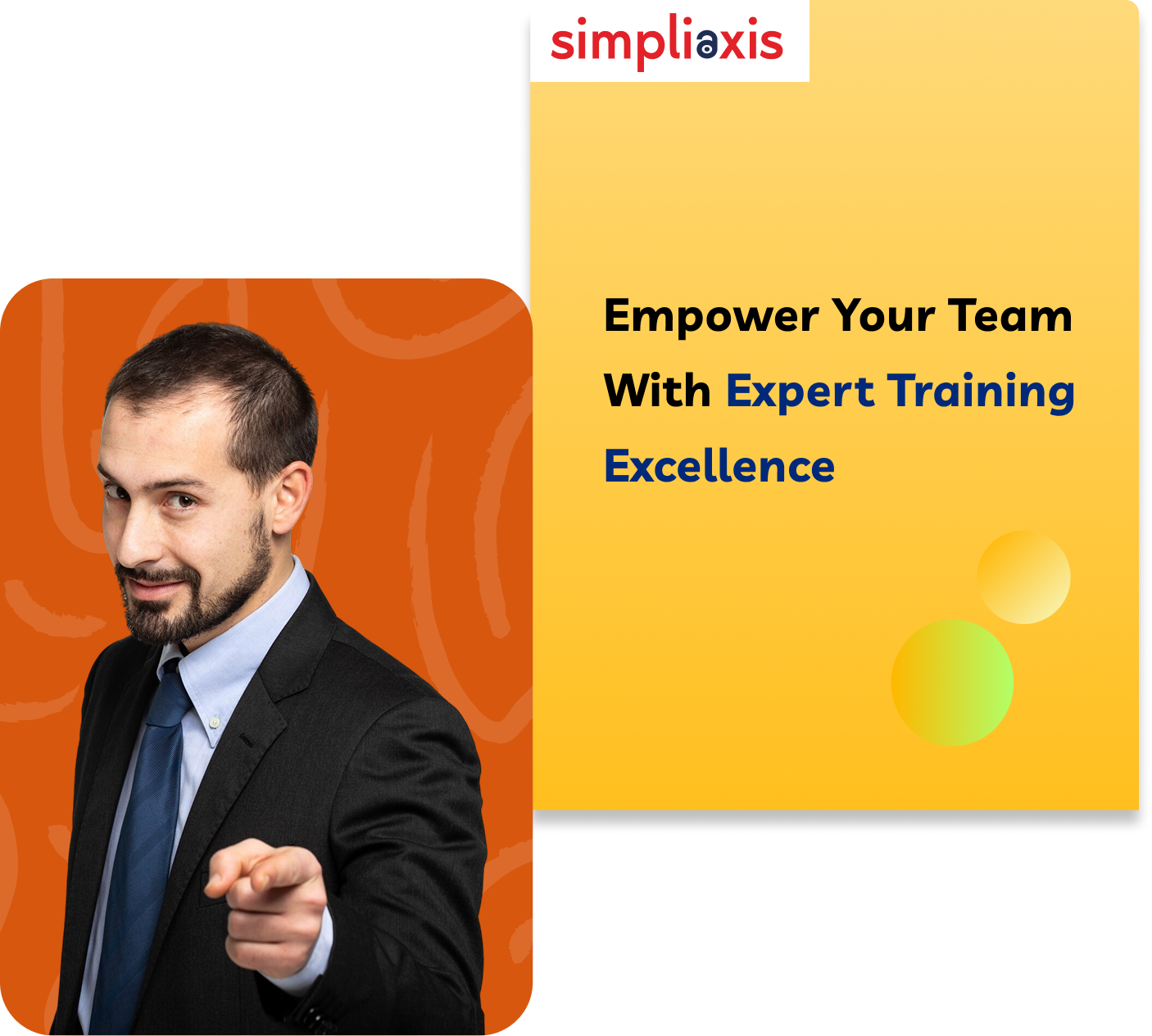Introduction
PI Planning is the essential aspect in Agile Release Training. With the ever-changing environment of software development & management of projects, successful planning is the keystone of the success of your project. Programming Increment (PI) planning, an essential element of the Scaled Agile Framework. Also, nowadays it is an important practice in organizations seeking to improve cooperation, alignment as well as efficiency in delivery.
This blog takes you through the core of PI Planning by revealing the significance of it, strategies for preparation and execution methods, as well as steps after the event, its benefits and steps, challenges from a distance as well as concluding insights.
What is PI Planning?
PI Planning is a face-to-face cadence-based event that acts as the heart of the Agile Release Train (ART) within the Scaled Agile Framework (SAFe). The typical PI Planning event is for two days. PI Planning includes all the members of the ART, which includes groups, stakeholders, as well as managers, who come together to:
- Focus on the Vision and Objectives: Know the larger vision and the objectives specific to the next increment.
- Plan should be iterative: Break down your vision into manageable iterations, or sprints in which you outline the task to be accomplished.
- Identify Dependencies: Identify inter-team dependencies and coordinate efforts in order to minimize potential risks.
- Make a commitment to deliverables: Create an agreement to provide new features and enhancements as planned.
PI Planning creates transparency, understanding among team members as well as ensures that each team member has a clear understanding of the organization's strategy.
How does an ART prepare for PI Planning?
The preparation is essential to an effective PI Planning Event. This requires a high level of readiness to be prepared in three important areas:
Organizational Readiness:
- Scope and Context: Make sure there is an alignment with the system, product or area being considered. Determine which teams will be involved.
- Business Alignment: Secure agreement among Business Owners on priorities.
- Agile Teams: Verify that there are dedicated teammates, Scrum Master, as well as Product Owners.
Content Readiness:
- Executive Briefing: Give details of the corporate context as well as high-level objectives.
- Summary of Product Vision: Present the 10 most popular features from the backlog of ART.
- Architecture Briefing: Outline the latest capabilities, new features, as well as design direction.
Logistics Readiness:
- Inclusive Spaces: Design and create either virtual or physical spaces that can allow for all attendees.
- Enable Real-Time Access: Make sure that you have access in real time to the tools and data for distributed teams.
- Clear-communication: Create clear channels of communication for smooth collaboration.
The Release Train Engineer (RTE) supervises the preparations and ensures that everyone is on the same page and able to effectively participate.
How to run a PI Planning event?
An average PI Planning Event spans for two days with a clearly defined plan of action. Here is the agenda breakdown of two days:
- Day 1:
- A Business Context presentation: An experienced executive shares his insights on the state of affairs in the company and its portfolio plan.
- Vision Briefings: Product and System Architects discuss feature priority areas and architecture updates.
- Team Breakout #1: Teams assess their capacities, assess the risks and write their plans in the beginning, including commitment and non-committed goals.
- The Draft Plan Review: this is where teams will present their plans to receive comments from all those who are involved.
- Managerial Review: Determine the best way to address problems like dependence, scope, or even resources.
- Day 2:
- Plan Adjustments: Participants provide information based on Day 1 information.
- Breakouts for Teams #2: Finalize and refine their strategies.
- Final Review of Plan: Teams share their finalized plans and risks which are then and then a confidence vote.
- Team reflection: The teams reflect on the things that went well and determine areas to improve.
What happens after PI Planning?
After the event, attention shifts to the execution. Stakeholders and teams perform the following tasks:
1. Execution of the Plan: Teams start their sprints, and work on the planned user stories as well as activities. Regular stand-ups, sprint review and retrospectives allow for that the team is always moving forward and can be adapted.
2. Monitoring and Tracking: Utilization of agile tools for managing projects to track the progress of projects, monitor the performance of key performance indicators (KPIs) and to assure alignment with goals of the PI.
3. Handling Dependencies and Risks: Monitoring of dependencies on a regular basis and proactive risk mitigation in order to overcome the challenges that may be encountered during execution.
4. Inspect and Adapt Workshops: When you have completed the program, lead Inspect and Adapt sessions to assess performances, highlight successes and determine areas to improve.
5. Continuous Feedback Loop: Set up a continual feedback loop between stakeholders so that your product's development is in line with consumer needs and demands.
Benefits of PI planning
Implementing PI Planning provides a variety of advantages that greatly improve performance in your company:
1. Enhanced Alignment:
PI Planning ensures that all teams are in alignment with the strategic objectives of the business and promote a common goal and direction.
2. Improved Collaboration:
In bringing cross-functional teams together, PI Planning promotes collaboration as well as knowledge sharing as well as collective problem-solving.
3. Increased Transparency:
The process of planning provides insight into the team's plans, dependencies and possible risks. This allows for more effective decision-making and accountability.
4. Risk Mitigation:
Identification and early managing dependencies and risks decrease the risk of project delays and setbacks.
5. Better Predictability:
A structured plan and determination to achieve goals improve the probability of achieving project results which increases stakeholder confidence and satisfaction.
6. Employee Engagement:
Participation during the process of planning empowers the team members and creates the sense of ownership as well as dedication to the goals of the project.
7. Continuous Improvement:
Feedback mechanisms and regular retrospectives help to ensure continuous improvement and that the processes are constantly evolving and changing in time.
Steps of PI Planning
The process of breaking into PI Planning into concrete steps will help facilitate a more smooth and more efficient event. The key actions to take:
1. Set the Context:
Set the stage prior to the PI Planning event. It is important to present the organization's background, vision and the strategic goals that will help guide the planning process.
2. Define the Program Backlog:
Product Management presents the program backlog and highlights the most important items and stories of users that must be dealt with in the course of the PI.
3. Team Breakout Sessions:
Teams work together to draft their plans in draft form. It involves identifying user stories in addition to estimating their effort and identifying the dependencies and risk.
4. Draft Plan Review:
Teams will present their plans in front of the entire group, including the main objectives, dependencies as well as potential risks. The group is more transparent and allows the door for discussion and input.
5. Management Review and Problem Solving:
The leadership reviews the plans, and addresses any resource issues, conflicts, or dependencies that need to be resolved. Modifications are made to ensure the feasibility of the plan and ensure alignment.
6. Final Plan Presentation:
Teams share their final plans including feedback and modifications that were made during the management review. The final plan includes objectives, deliverables, commitments and goals.
7. Confidence Vote:
The participants cast confidence votes regarding the plans' finalization. If the level of confidence is lower, discussion and adjustments are conducted to resolve concerns.
8. Plan Reconciliation:
In light of the trust votes, teams review their plans in order to make sure that each goal is achievable, and dependencies are properly handled.
9. Commit to the Plan:
Teams sign a formal commitment to their plan, and agree to their goals and the items to be delivered for the coming PI.
10. Retrospective:
Perform a retrospective in order to collect opinions regarding the PI Planning procedure, and determine the areas of improvement and successes for future events to improve.
Also, check: SAFe Agile PI Planning Details
Different Challenges of PI Planning
In increasingly dispersed and dispersed work environment, PI Planning faces unique problems that have to be tackled to guarantee the effectiveness of PI Planning:
1. Communication Barriers:
Remote settings may hinder the effectiveness of communications, which can lead to miscommunications and discords. Making sure that communication is clear and consistent is essential.
2. Technology Limitations:
The use of virtual collaboration tools may pose technical problems such as problems with connectivity in software, limitations to the application, as well as user-level proficiency gaps.
3. Engagement and Participation:
Engaging participants at a high level and participation isn't easy when working in a virtual environment. Facilitators must use strategies to keep the participants engaged and active.
4. Time Zone Differences:
The coordination of multiple time zones can make scheduling difficult and real-time collaboration. It requires flexibility in planning and taking into account everyone's schedules.
5. Lack of Physical Presence:
Face-to-face interaction may affect the dynamics of teams, relationships and overall collaboration spirit that is essential to effective planning for PI.
6. Managing Dependencies:
The process of identifying and managing dependencies may be more difficult remote, requiring efficient tracking tools as well as proactive strategies for communication.
7. Facilitating Breakout Sessions:
Effectively facilitating breakout sessions online needs well-structured agendas, clearly defined targets, and the appropriate combination of collaboration tools that mimic in-person interactions.
8. Ensuring Focus and Minimizing Distractions:
Remote settings can create a variety of distracting factors, which is why it's important to establish a clear and comfortable environment for planning actions.
Mitigation Strategies:
- Use of advanced collaboration tools: Make use of tools that allow real-time collaboration such as interactive whiteboards and breakout rooms as well as integrated communication platforms.
- Create clear communication protocols: Establish and share procedures for meetings, such as guidelines for participation, communications protocol, and usage of technology.
- Find professional facilitators: Hire professional facilitators with experience in coordinating virtual events, to help guide the planning process for PI successfully.
- Create a collaborative culture: Promote team building activities, and promote a culture that is cooperation and openness to overcome the physical gap.
- Give adequate training: To ensure everyone is proficient in the collaboration tools and are aware of the process of planning a virtual PI.
Read more about:SAFe Pre post PI Planing
Conclusion
PI Planning is more than simply a session to plan; it's an exercise of strategic alignment which encourages transparency, collaboration as well as commitment throughout the entire organization. Through bringing teams from different functional areas together to set goals as well as identify dependencies and pledge to deliverables, PI Planning lays the basis for successful project execution and delivery of value.
Even with the challenges of remote working environments, using the appropriate methods and techniques, businesses can efficiently conduct PI Planning to increase efficiency and reach the goals of their strategy. Implementing the concept of PI Planning as a fundamental procedure can result in improved efficiency, greater collaboration as well as sustained growth for the company within the constantly evolving world of the field of project management. To get a better understanding of the PI Planning events professionals can go through the SAFe Agilist Certification training with Simpliaxis.



















